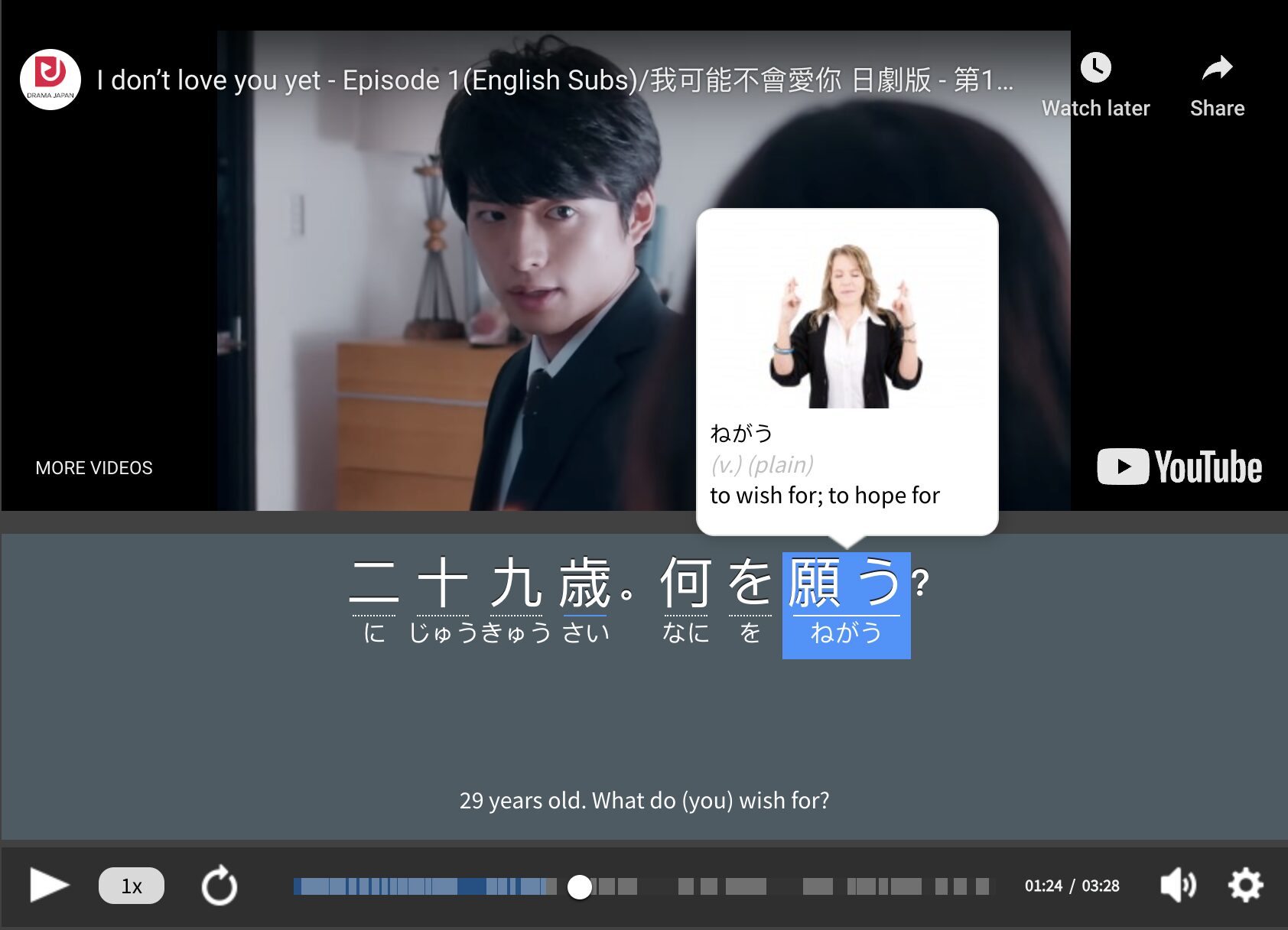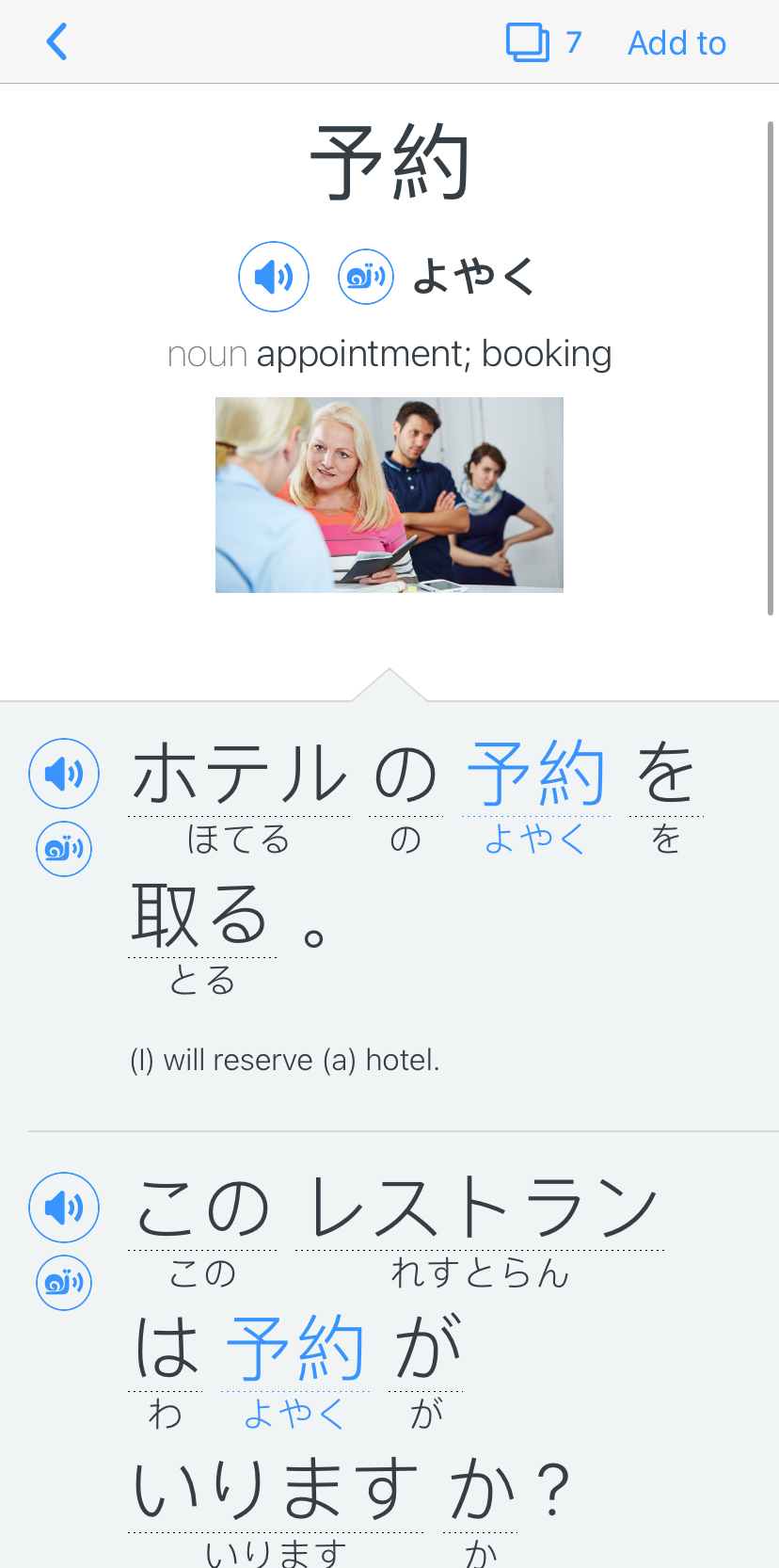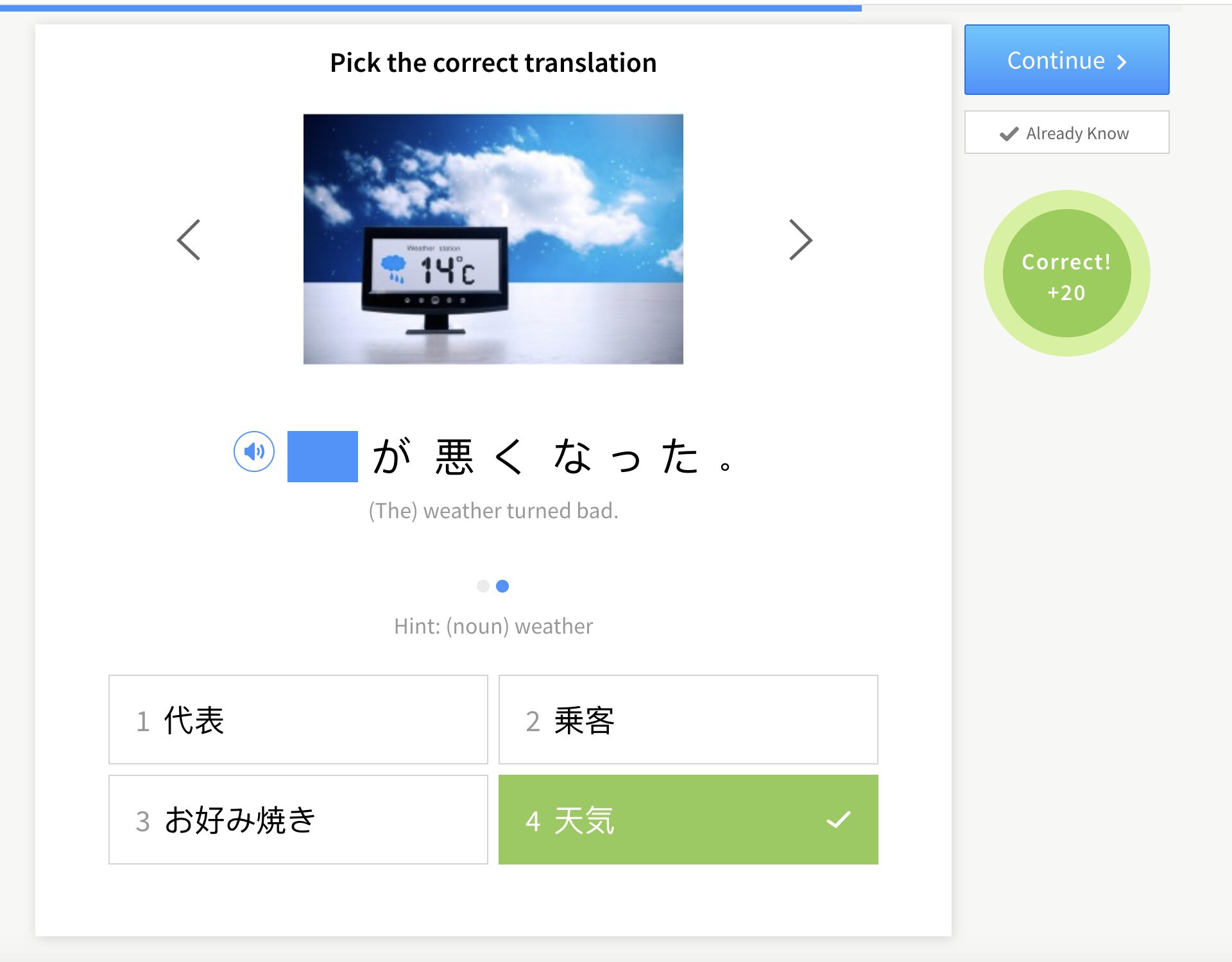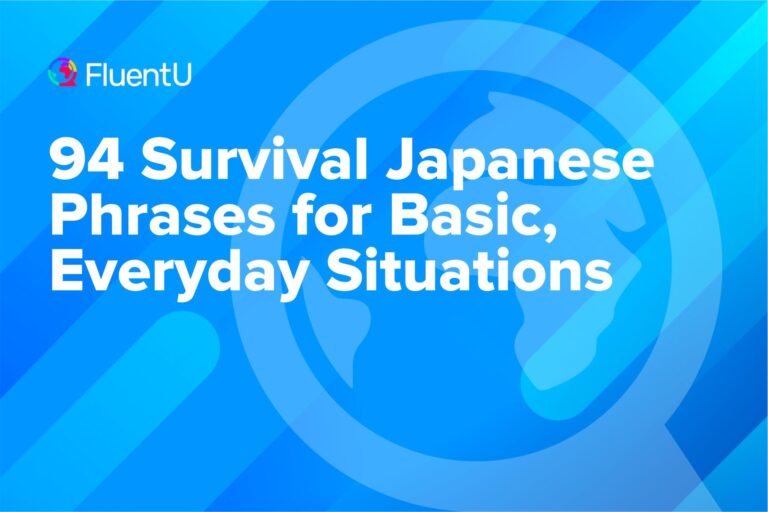How to Improve Your Japanese Accent With Shadowing
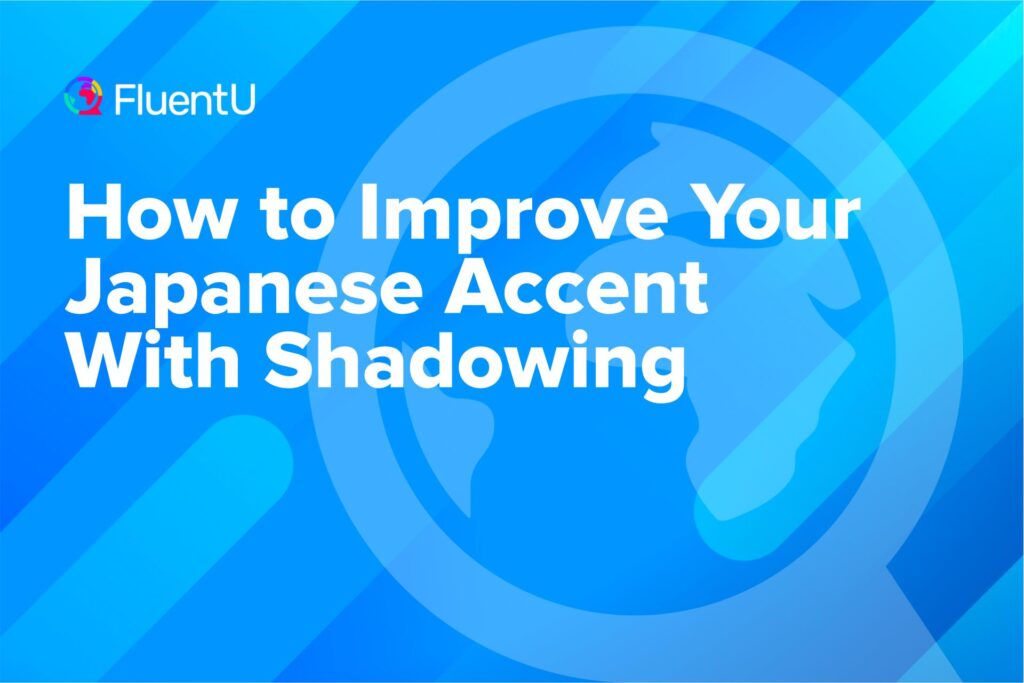
It’s the dream of many Japanese learners to open their mouths and have beautiful, native-sounding Japanese spill out. There are people who have such perfect accents that even native speakers can’t tell they’re foreign when they speak on the phone.
In this guide, I’ll give you some tips about how to improve your accent with an interesting technique called shadowing.
Download: This blog post is available as a convenient and portable PDF that you can take anywhere. Click here to get a copy. (Download)
Pronunciation and Intonation in the Japanese Accent
Because Japanese pronunciation isn’t as difficult as Chinese or other languages, it’s often overlooked in beginners’ studies. However, the longer you wait to correct your pronunciation the harder it gets. Accent training should be done as soon as possible in order for you to get used to new sounds in Japanese.
Essentially, a native accent is a combination of pronunciation and intonation. Let’s take a look at what these two words mean.
- From Webster’s, pronunciation is defined as “to make the sound of (a word or letter) with your voice.” For Japanese, this means that correct pronunciation is the ability to make each individual hiragana sound properly.
English learners are pretty lucky in this area, in that most of the Japanese sounds are relatively easy for us to make. The ones we have the most problems with are obviously the ら、り、る、れ、ろ (ra, ri, ru, re, ro) and りゃ、りゅ、りょ (rya, ryu, ryo) sounds.
- Intonation is defined as “the rise and fall in the sound of your voice when you speak.” This is what English speakers notoriously have the most problems with when learning Japanese.
As you know, in English, intonation is placed on any word in the sentence to emphasize its meaning. For example, the sentence “Have YOU gone to the store?” and “Have you gone to the STORE?” can have two completely different meanings.
However, Japanese has a distinct rise and fall when speaking. The intonation of a Japanese sentence is in the shape of a small hill, where you start the sentence low, go up quickly and then slowly fall down to the end. To native speakers, this sounds natural.
Of course, the other part of intonation would be with individual words. As most beginners learn, the emphasis in Ame (雨, rain) versus that in aME (あめ, candy) is crucial to differentiate between these two words. Two words can have the exact same sounds and mean two totally different things depending on where the word is accented.
Think of how the English word “produce” changes with emphasis. You can either have “I bought fresh produce at the supermarket,” or “this company can produce luxury airplanes.”
So how can you improve these two areas to perfect your Japanese accent and sound like a native?
How to Shadow in 5 Simple Steps
Shadowing, developed by the American Professor and polyglot Alexander Arguelles, is simply the process of repeating what a native speaker says as quickly as you hear it. This skill can be used by any level of Japanese learner and can be the best way to improve your Japanese accent.
Here are five steps to shadowing:
1. Find an audio clip at your level. For beginners I would recommend short, 1-2 minute conversations. Then move on to more complex, longer conversations as you get into the intermediate level.
2. Listen to the audio once or twice. Really hear how the speaker is saying each word or phrase.
3. Read the transcript of the audio. This is your chance to learn new vocabulary and grammar. Make sure you take the time to really understand the nuance of each expression.
4. Listen to the audio while following along with the transcript. Here’s your opportunity to take notes on how the speaker accentuates certain words or phrases. Once you’re comfortable with what the speaker is saying you can begin to shadow.
5. Read aloud while playing the audio. While you listen to the native speaker, read aloud, following their intonation and pronunciation. Do this until you’re comfortable speaking without the need to pause the audio and you feel good about your accent.
I would recommend going over the audio until you make no mistakes, don’t have to slow down and can really feel yourself matching what the speaker says. Overall the process shouldn’t take very long, so the audio should be 3-4 minutes long at most.
Of course, shadowing isn’t about understanding 100% of the audio. The focus is concentrating on your pronunciation and intonation and getting them to match up with that of the native speaker you’re listening to. If you happen to learn new vocabulary, grammar or slang while you shadow, that’s just icing on the cake.
When you’re shadowing, take it slow. The goal isn’t to say the words at the exact same time as the audio, but just a second or two after. Give yourself time to really process the cadence and inflection that the speaker uses.
It can be hard to start out, but be patient. Once you’re used to the process it goes much faster and becomes much easier.
Audio Resources for Japanese Shadowing Practice
Finding audio to shadow can be the tricky part. Here are a few recommendations to get started:
- Most textbooks have a CD with practice conversations and accompanying readings for each chapter.
- FluentU provides tons of authentic Japanese clips.
FluentU takes authentic videos—like music videos, movie trailers, news and inspiring talks—and turns them into personalized language learning lessons.
You can try FluentU for free for 2 weeks. Check out the website or download the iOS app or Android app.
P.S. Click here to take advantage of our current sale! (Expires at the end of this month.)

- NHK Web Easy is a news site for children with short, 3 minute audio clips about current events as well as transcripts with furigana and English translations.
- You can find many transcripts for Japanese drama series online. Slice of life dramas, for example, will give you amazing shadowing practice in daily conversations and natural speech.
- At a more advanced level, audiobooks and podcasts are great resources, providing virtually endless hours of shadowing practice.
Shadowing is one of many tools that can be used to improve your Japanese. There are more options out there, so never stop exploring. I’ll always recommend that you fit shadowing into your daily study schedule. It’s just too simple and effective to pass up.
Before you start studying for the day, take 10 minutes to shadow a simple conversation, news story or audiobook. It’s a fun warm up that can kick-start your studies every day.
Download: This blog post is available as a convenient and portable PDF that you can take anywhere. Click here to get a copy. (Download)
And One More Thing…
If you’re like me and prefer learning Japanese on your own time, from the comfort of your smart device, I’ve got something you’ll love.
With FluentU’s Chrome Extension, you can turn any YouTube or Netflix video with subtitles into an interactive language lesson. That means you can learn Japanese from real-world content, just as native speakers actually use it.
You can even import your favorite YouTube videos into your FluentU account. If you’re not sure where to start, check out our curated library of videos that are handpicked for beginners and intermediate learners, as you can see here:
FluentU brings native Japanese videos within reach. With interactive captions, you can hover over any word to see its meaning along with an image, audio pronunciation, and grammatical information.
Click on a word to see more examples where it's used in different contexts. Plus, you can add new words to your flaschards! For example, if I tap on 予約, this is what pops up:
Want to make sure you remember what you've learned? We’ve got you covered. Each video comes with exercises to review and reinforce key vocab. You’ll get extra practice with tricky words and be reminded when it’s time to review so nothing slips through the cracks.
The best part? FluentU tracks everything you’re learning and uses that to create a personalized experience just for you. Start using the FluentU website on your computer or tablet or, better yet, download our app from the App Store or Google Play.
Click here to take advantage of our current sale! (Expires at the end of this month.)


